Briac Barthes – Driving Change Through Social Entrepreneurship
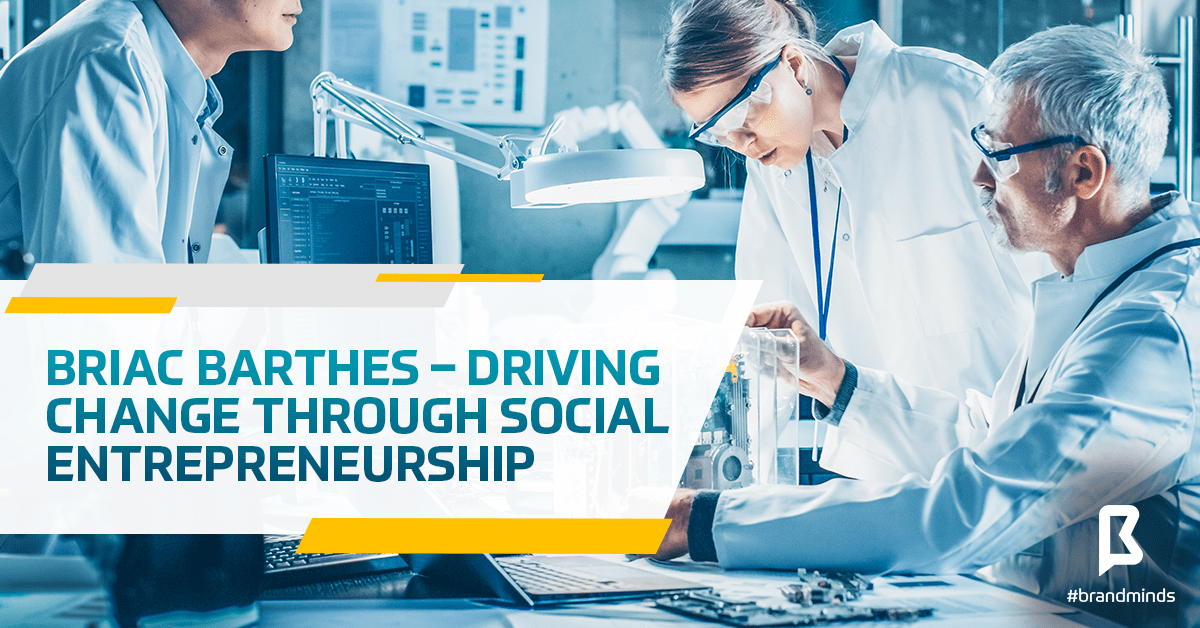
Briac Barthes is co-founder and CEO at hiLyte, a company which brings clean and affordable energy to all through its innovative solution – the Iron Battery.

LinkedIn.com
In his LinkedIn resume, Briac characterizes himself as being adventurous and having a strong-minded personality.
Social entrepreneurship provided him with a purpose and a challenge – that of showing the world it’s possible to do good and make money at the same time.
I contacted Briac and invited him to tell us a little bit about himself and his entrepreneurial journey.
1. In recent years, your professional career has been driven by social entrepreneurship. When did you decide to leave your home and dedicate your time and energy to social projects?
During my studies, I made a gap year and I went volunteering in Tanzania.
I felt that I was useless, and slowly I started learning Swahili and trying projects. After some time, I started a microcredit program with young people living in the street, and the day they told me that 3 of them could rent a home together and not live in the street anymore, I felt something amazing.
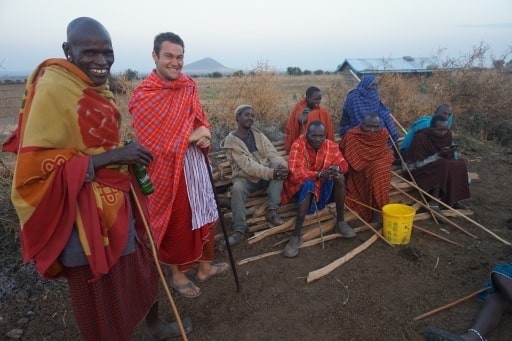
Briac Barthes in Tanzania/simplement.pro
I decided that my next job would be to enable people who are willing to get out of poverty to do it themselves. That was in 2014. Then I came back to Switzerland, finished my studies, and started working for an event where I built my network in social entrepreneurship.
In April 2017, I needed more adventure, and to have my own project instead of helping others working on their project. So I quit my job, and I went back to Tanzania to talk to as many people as possible and discover what are their needs, and how I could build a company that helps those people.
When I talked to people and felt at what point I could change their lives with my business, then I knew I was on the right track and started working a lot for hilyte. At that time the technology was still too young so I had the first experience of entrepreneurship in Africa starting a drying tomato plant for The Ketchup Project. And when the plant got certified, I came full time on hiLyte.
2. What challenges have you encountered while developing the Iron Battery?
The first challenge we had was power.
We had a technology that was interesting but was not powerful enough and we had to work a lot on improving it.
At the same time, the technology was coming out of Berkeley, and they had patented it. So we had an agreement with them to keep on working on it for a year, but we had to decide at the end of the year if we would protect it and where.
We didn’t know anything about IP at the time, so we met a lot of experts in the field who gave us a lot of insights, but none of them told us what we should do. The University was putting pressure on us, we had no money, and we heard that a big company was also trying to get the patent.
We finally could discuss directly with the other company, see that they were not the ones putting pressure on us. So we could take a decision just ourselves, and we decided that in Africa it is way too difficult to enforce IP. Therefore having a patent is not the best way to protect our business in the market we are working. Now the patent came into the public space, we have some trade secret on the technology and nobody can put a patent on top of the one that is now public.
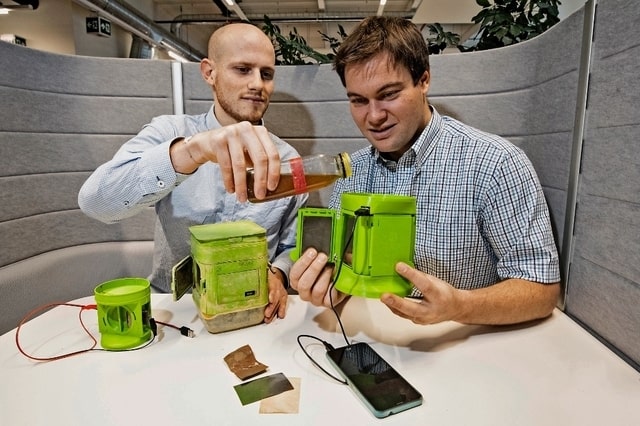
Briac Barthes and David Lambelet, co-founders of hiLyte showing how the Iron Battery is working/tdg.ch
Another big challenge was to position ourselves as a real company.
As we want to have an impact, a lot of people were seeing us an NGO who wanted to change the world, to help people, but not as a company. At each competition we were losing, we took feedback and improved the presentation.
In the beginning, we were talking a lot about the technology and the impact (what was important to us). Slowly we started talking more about the business model, about strategy, about value proposition, simplifying how we were showing the product so that anybody could understand our presentation…
In June 2018 we were selected as Mass Challenge finalists, and during the 4 months of acceleration, we presented many times. That enabled us to have a good pitch that people would like and understand. We could directly see the impact as the questions we were asked after the pitch completely changed. We won the silver place at Mass Challenge and then started winning different competitions. People had understood how our company can not only have an impact but also make money.
The next challenge was to raise money.
Even though many people believe in our business model, in our company, we needed some people to give us the money to start production and show that we can really make money. But in our Swiss network, most people don’t understand that people in Africa do have money and that yes they will pay for what we offer. Some investors have shown interest, but they all wanted to see the first sales, and we needed money to start these first sales. Therefore we launched the crowdfunding. We hired someone who took care of all the crowdfunding, starting from the preparation 3 months before the actual crowdfunding. He enabled us to raise 50 000 CHF, which we are now using to prepare for the pilot sales. And this crowdfunding also gave us much more exposure, and now more and more investors come to us by themselves.
3. Share with us your vision of the future.
I believe in a future that puts humankind and nature back to the centre of the world.
We have been separating our lives into two: the professional life where we work hard to make as much money as possible, and the personal life where we use this money not to do any effort and to forget the professional life.
We are now in a crisis where there are not enough jobs for everyone to get enough money to get the comfortable life they want, and we understand that our easy lives are killing nature and that it is not sustainable.
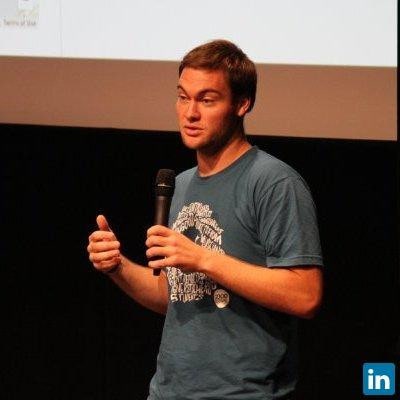
For me, we are now in a phase where we know that we have to go back to a less luxurious life that is more respectful of the others and of the Earth, but that change is not easy. However as we can see with all the young people striking for climate, the new generations understand that action is to be taken and they are ready to make change happen.
I believe that in 20 years most of this change will be over, and we will have found a new balance where people’s lives are more united: almost everyone will have a job that enables him to live properly, but we will travel much less, there will be less globalization and people will have time in the evening to discuss with their neighbours.
The evolution of hiLyte in the future is also very interesting. Indeed bringing electricity off the grid is first a way of helping people develop their economy (through education, work, saving money, information….). However, that will also put some pressure on the people who have more time to work and might be tempted to work too much to get more money, which may not be the best way to happiness. However, I believe that people must have the choice of what they want to live, and giving them a possibility to get light and charge phones now will enable them to choose later what they want to do with their lives.
For this, we plan to go very fast on the African market. Once the pilots in Tanzania are done and that we have the proof that people like the product and that our model works, then we want to be in at least 5 countries in 2023 and grow fast in all regions where people don’t have access to electricity.
We are also working on our second product that will give electricity after natural disasters to make sure this basic need that has now become primary for almost everyone on Earth, electricity, is fulfilled easily everywhere.
Source of the featured image: ledauphine.com
Join the Conversation
We’d love to hear what you have to say.
Get in touch with us on Facebook Group and Twitter.
How will the house of 2025 look like?
The word of the future is smart. Even in the housing and design department. And as the technology is evolving at a huge rate, we wonder how it will look like in the future.
If the third industrial revolution was about using electronics and information technology to change economic systems and the way we live, the fourth will be characterized by disruptions stemming from a merger of the digital and physical worlds.
According to Yoshiaki Fujimori, President & CEO of the LIXIL Group Corporation for weforum.org, what we are seeing now with the emergence of the fourth industrial revolution is the development of cognitive architecture, which enables our living spaces to be tailored for personal and family preferences. This is set to have a profound effect on our quality of life.
“The home will become a natural, intuitive, extension of you. Rather than the occupant adapting to the home, we’ve entered an exciting new phase where the home works for those who live inside it. Development of AI, robotics and other advanced technologies for applications within the living space has been underway for some time, but are gaining increased attention,” said Yoshiaki.
Kevin Foreman, quoted by wired.com, believes that homes will soon become intelligent enough to distinguish between family members and guests within physical spaces and adapt to individual needs based on biometrics like fingerprints, body temperatures and even the rhythm of our own heartbeats. Therefore, in the very near future as you walk through your home, a small device worn around the wrist will authenticate your identity by pairing itself to your specific heartbeat, allowing your home to automatically adjust the lighting, room temperature and play custom music based on personalized preferences and pre-configured profiles.
Meanwhile, companies such as Nest are creating connected products that recognize homeowners’ preferences and adjust settings like temperature automatically or via an app.
In the same way that primary energy use in the home shifted from lighting to more complex devices and appliances, Internet traffic is following a similar pattern. Professor Klaus Schwab’s report on the Fourth Industrial Revolution predicts that the tipping point will be when over 50% of internet traffic delivered to homes is for appliances and devices as opposed to entertainment and communication, and that we can expect this tipping point to have occurred by 2025.
Here are some of the aspects that will make our lives easier:
Robots everywhere
According to the specialists, home appliances will become more self-aware, an example being the iRobot Roomba 780 which can be set to vacuum on a schedule, find its way around furniture, and even stay within a specific zone. In 15 years, devices for cleaning windows, sweeping the floor, and even making minor repairs will do their work inconspicuously. Yet, even the predictive technology in your home – using less energy during one week because the weather forecast says you will need more heat for an upcoming cold spell – has robotic intelligence.
Moreover, the journalists from http://www.plymouthherald.co.uk believe that in 15 years the companion robots will be available as part of team of collaborating robots. They will be able to monitor the wellbeing of their elderly charges, remind them to take their medicines, call relatives or cariers in an emergency, and perform simple tasks. Their owners will be able to give them shopping lists – by voice or by computer tablet – which the companions will convey via a “warden” robot who will pass it on to the outside robot, which will do the shopping. Your children might also benefit by having a “teacher” robot to help with the homework.
Solar photovoltaics on every roof
Over 15 per cent of houses in Australia already have rooftop solar installed, and forecasts show by the 2020s, solar and wind will be the cheapest way of producing electricity. Companies are already combining satellite imagery with algorithms to understand the savings you can make from your rooftop. And given the massive cost reductions of 99 per cent since 1970, and 80 per cent since 2008, it’s easy to foresee that solar photovoltaics will be ubiquitous by 2025.
Still according to plymouthherald, by 2030 the mantra will become “Energy, energy, energy”. Many new buildings will be carbon-neutral, meaning they will produce all of the energy they need without burning fossil fuels, and will even export electricity.
Merlin Hyman, chief executive of Regen SW, said: “For most of us our regular bill is the only time we think much about how we use energy in our homes. However, with the introduction of smart meters that is set to change. In the future we will be flexible to use energy when it is cheapest – for example charging electric cars overnight, or heating our water during the day. We may even export power back to the grid from batteries in the house if there is a surge of demand and a high price.”
Everyone will have to adapt to the future of energy – and that includes the suppliers. Nigel Turvey from Western Power Distribution predicts that the growth of renewable energy will really take off after 2025.
Smart appliances
In the house of tomorrow everything will be connected through technology and the new, smart appliances are a big part of it. The interaction with the user will be easy and smooth, they will increasingly be able to learn what you want and to have it on hand.
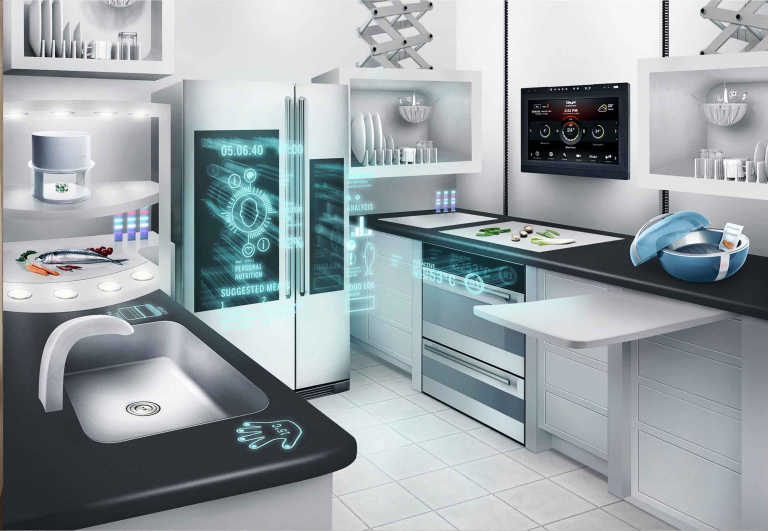
source: Emaze
The old-fashioned light switch will eventually disappear, and we will control lighting using smartphone or touchscreen panels – or even voice-activation. Smart thermostats like NEST and Hive allow you manage every minute of your home’s heating schedule from a smartphone, tablet or computer. So coming home from a holiday to a cold house will be a thing of the past.
The days of the chip-stop on the way home when you’re too tired to cook may be numbered too. Your fridge, connected to the Internet of Things, will not even need to ask you for a shopping list: it can tell when you’re running low, and place an order with the supermarket. This technology is actually here in some countries, not in the far-away future.
When it comes to novelties, ” June” is a smart oven, expected to ship this year. Its intelligent system can recognize the dish and know exactly how to cook it to perfection. June can be controlled with your iPhone or iPad, and you can monitor cooking with a live video stream.
Moreover, the appliances in one’s house will operate autonomously and interact with each other and even today one still has to load the washing machine, by 2030 one will just walk away, leaving the machine to decide how dirty the clothes are, and when to switch on to take advantage of the cheapest and most plentiful electricity.
Smart living & content
Virtual reality can turn couch potatoes into globetrotters. And they won’t even have to get up to hunt for a DVD: centralized streaming will give instant access to entertainment. The TV set will no longer dominate the living room: ultra-thin OLED displays will allow us to stick our TV screen to the wall, and holographics will bring characters right into the room.
The future home will be intelligent enough to predict what you want to do with content. Dell spokesperson Chad Andrews told TechRadar about a concept where media knows more about the playback device that we can even conceive today: adaptive music, movies, and photos that change shape and size (and color profiles) based on whether you are viewing them in the living room on an HDTV or on a tablet in your office. Data centers will predict the media you want to use and provide that media in the proper formats and sizes. Moreover, the number of screens in the future home will increase exponentially. To avoid overload, the visual information will integrate better into appliances, mirrors, and even the tools and household items you use. There might be flexible display on your cleaning detergent with instructions for use, or a display in the garage that reminds you about home maintenance.
Speech enabled
Whether you are a fan of Apple Siri or not, one thing is clear: speech tech has finally hit the mainstream. Your home will understand what you say. Already, Samsung and others are developing smart televisions that understand spoken commands. In the future, your home will respond to voice requests for the news, sports, and entertainment. More importantly, your home will use advanced algorithms that determine when you are speaking to the home or to your spouse – sensing a change in your tone, or interpreting a phrase that must be an instruction to change the house temperature. How about that level of smart?
Knowing you better that you know yourself
The future home will be smart enough to know what you want – sometimes even before you want it. Ford has already started experimenting with the Google prediction engine to guess where you want to go at certain times of the day. Your house will also know your preferences: when you start a movie, the lights will dim to the level you normally use. Moisture sensors in your lawn will learn how much you use a sprinkler system and adjust patterns accordingly.